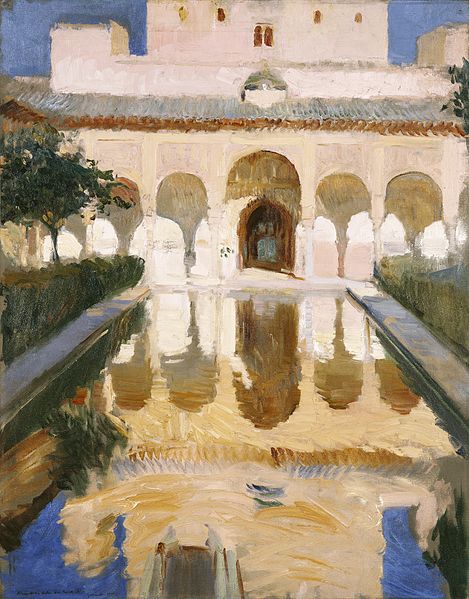ONE THING we’re trying to do at Fast Pop Lit— a key part of the New Pop Lit project– in addition to using it to be quicker at posting new material, is to inject more color into today’s moribund literary scene. The “POP” in our title means we’re not just a literary site, but have been heavily influenced by other art forms, including music and painting.
WHICH MEANS in part posting work which jumps out at the reader like a painting– such as this piece by Perry Genovesi, “Sketch Rex.” Take a look at it and see what you think!
They want to don their blue newsboy cap, visit the Boulevard to watch the young people sitting on the benches downtown, smoking by the statue of the giant granite head. A cold thought like wet paper towel presses itself against their face and snakes out their eyes.









